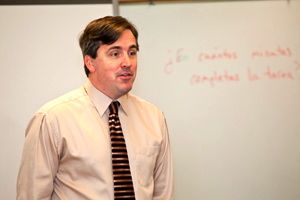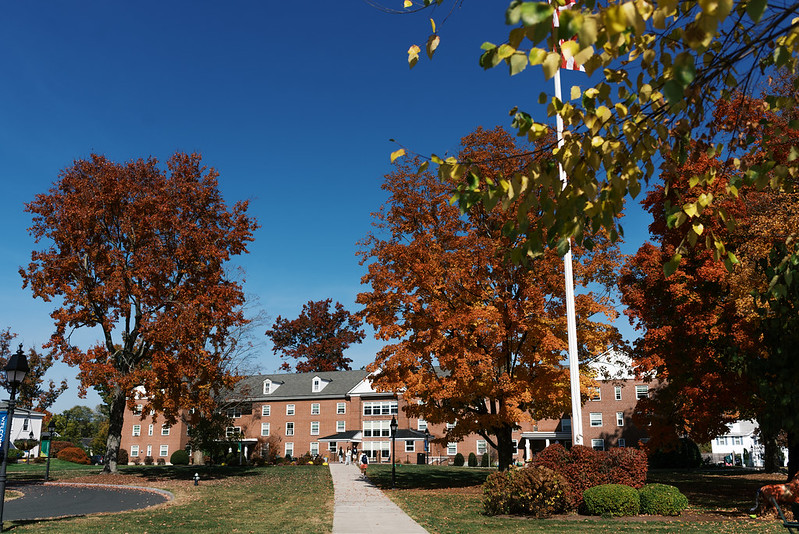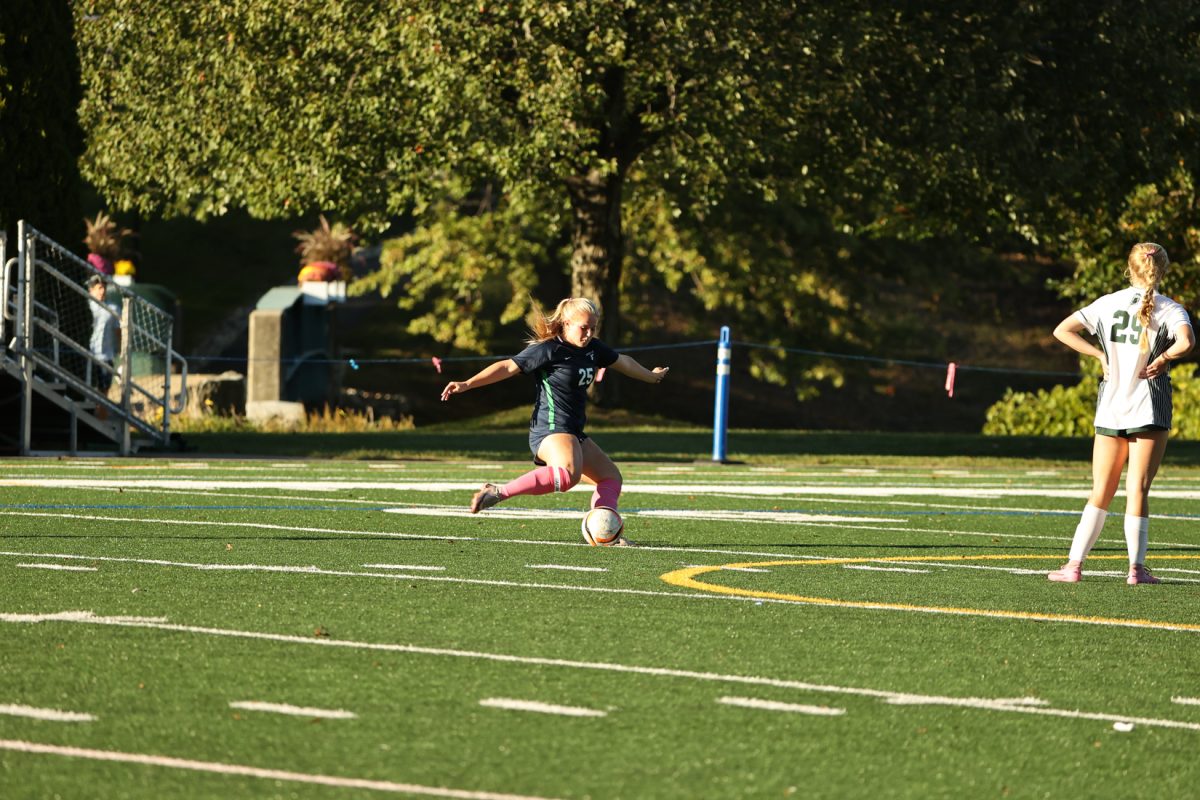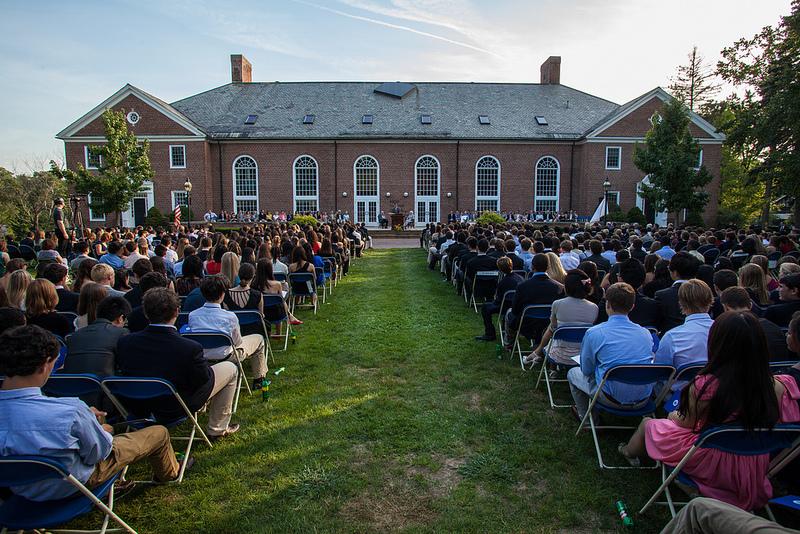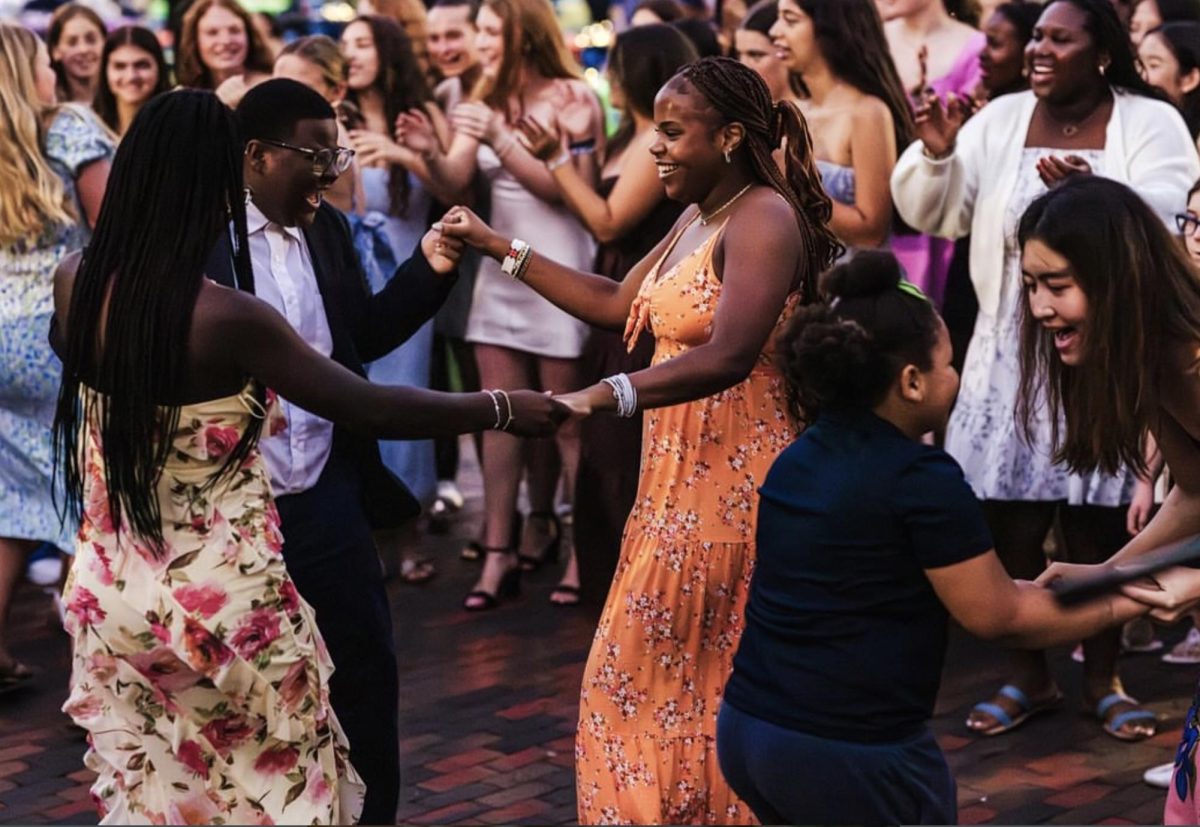By Ryan King ’15

This semester Mr. Simpson, known as Señor, is taking a sabbatical to get his Spanish MAT (Master of Arts in Teaching). He is getting his master’s at UMass, which offers two other types of Spanish masters degrees: Master of Arts based on the language itself, and Master of Arts in Literature, the expression of the language through history and culture. The Master of Arts in Teaching is designed for teaching foreign language to middle and high school students. He has been working to get his MAT for three years, taking 1-2 classes a semester since spring of 2008. The MAT program is divided into education classes and Spanish classes. The education classes address different aspects in the classroom that affect how information is taught and learned. Some classes highlight the role of integrating social issues into the classroom. The Spanish classes are literature classes that cover literature from Spain and Latin America from the last 150 years.
Now you are probably wondering how these are relevant to Sr. Simpson’s Spanish classes here at Williston. The goal of the master’s classes is to broaden and enrich understanding of what happens in the classroom. The UMass courses also introduce Sr. Simpson to contemporary theories of second language acquisition. The one that he is most interested in is called sociocultural theory. It emphasizes the importance of weaving students’ experience and interests into the curriculum, instruction, and assessment of language learning. Another facet of the course is Sr. Simpson’s interaction with other language educators as they share experiences and provide each other with ideas for adapting their curriculum. Another interesting part of the MAT is that it does not have a thesis. Instead it replaces the thesis with student teaching. He will be a student teacher at Northampton High School from late January to the beginning of May. Meanwhile, his substitute here at Williston is Neile Golding, Class of 2004.
Although getting his master’s is the main reason Sr. Simpson is on sabbatical, that is not the only activity he is currently doing. He is volunteering at a soup kitchen in Springfield with a local program called the “Rescue Mission” and he works there every day for four hours while his kids are at school. The work Sr. Simpson does at the soup kitchen is simple, but it shows him how grateful we should be for the things we have. At the soup kitchen, he helps prepare food for the people that live there and he also goes out with the organization to serve meals to homeless people living on the streets of Springfield. Working there has allowed Sr. Simpson opportunities to get to know some of the residents of the shelter and help the people in his community. The people who eat there are mostly people with financial problems. The Rescue Mission serves two groups of people: one group is the residents who are there for a year as they get their lives back together and the other group of people has limited financial resources and shows up at the soup kitchen for hot breakfasts three times a week.
Another thing which Sr. Simpson has vowed to do is to see his children and his wife more often now that he isn’t busy with school. He does this by promising not to step inside a Williston building. The reason for this is that he wants his sabbatical to be completely separate from Williston, while still working in the local community. While Sr. Simpson is doing his best to avoid getting caught up in Williston life, he will make one exception when his son graduates from the eighth grade at the end of this year. Although he is true to his vows, it does not mean Sr. Simpson enjoys it one hundred percent. He misses talking with his Williston students and colleagues every day when he is teaching. He will get to see them again in September.
When I was wrapping up my interview with him, he came up with his own question. What is it like to be a student again after having taught at Williston for twelve years? In his own words he said, “It has reminded me that one should never stop learning. During the three years of my master’s, my perspective on teaching has completely been transformed. The master’s program has greatly enriched my understanding and awareness of my students, myself, and the material that is taught and learned in the classroom. I compare my experience of going back to school with the following anecdote: When you look up at the night sky in Easthampton, you see some stars, but not tons. When I was living in Chile, I had the experience of viewing stars in the Atacama Desert (Northern Chile). What I saw I will never forget: every single square inch of the night sky was filled with stars and the stars were so bright. It was an astounding sight. Similarly, my master’s has given me the ability to see things much differently than before. I see my students, I see myself, and I see the classroom in a whole new light.”



